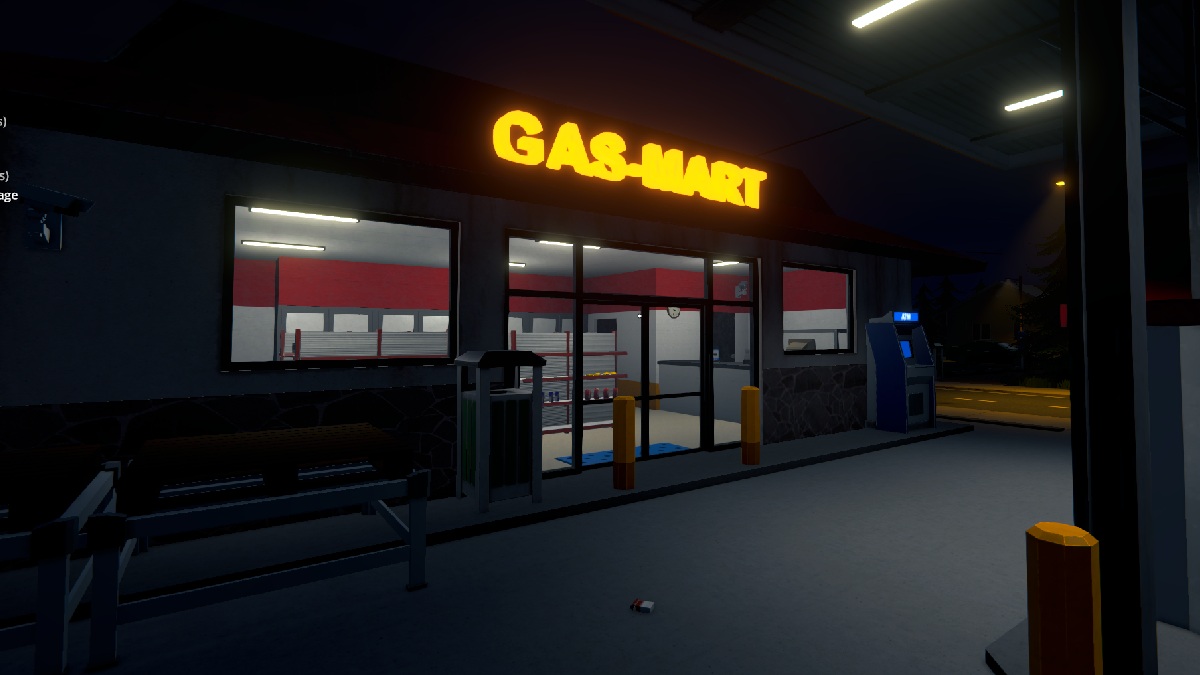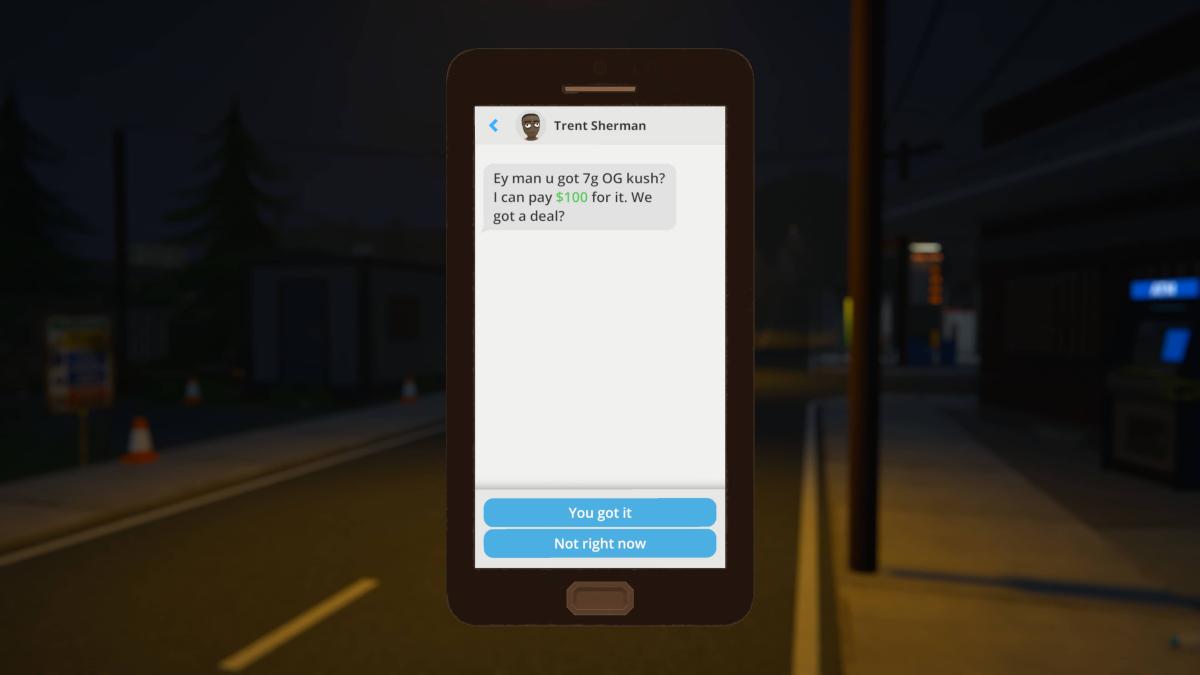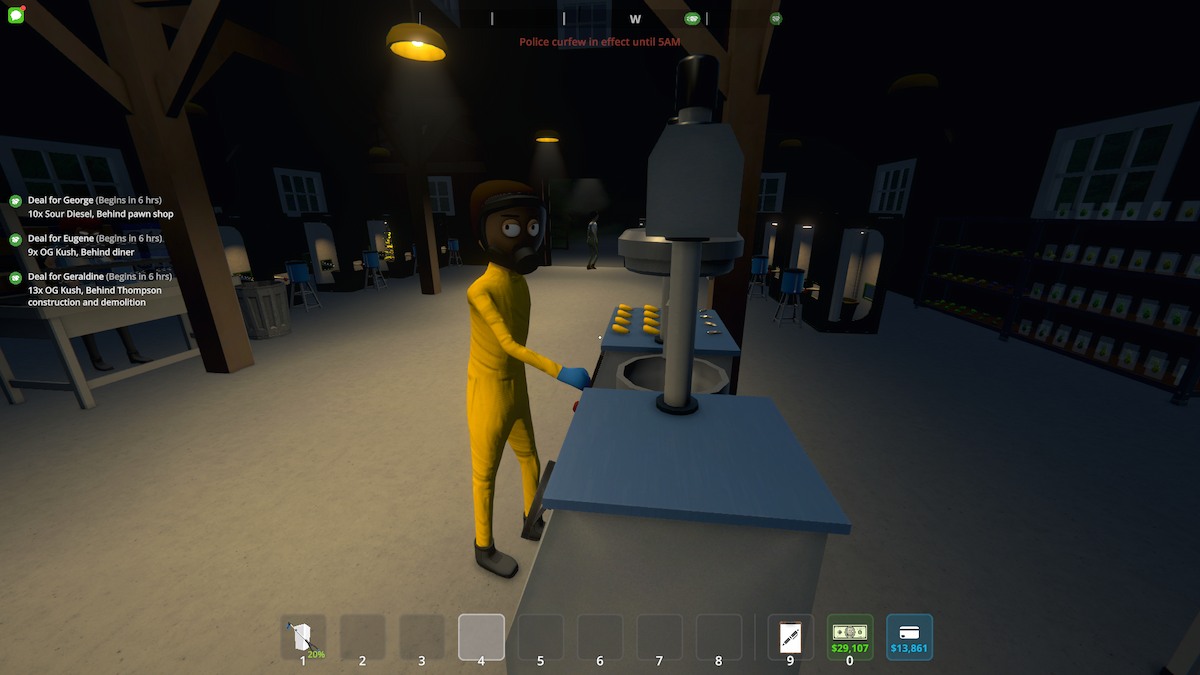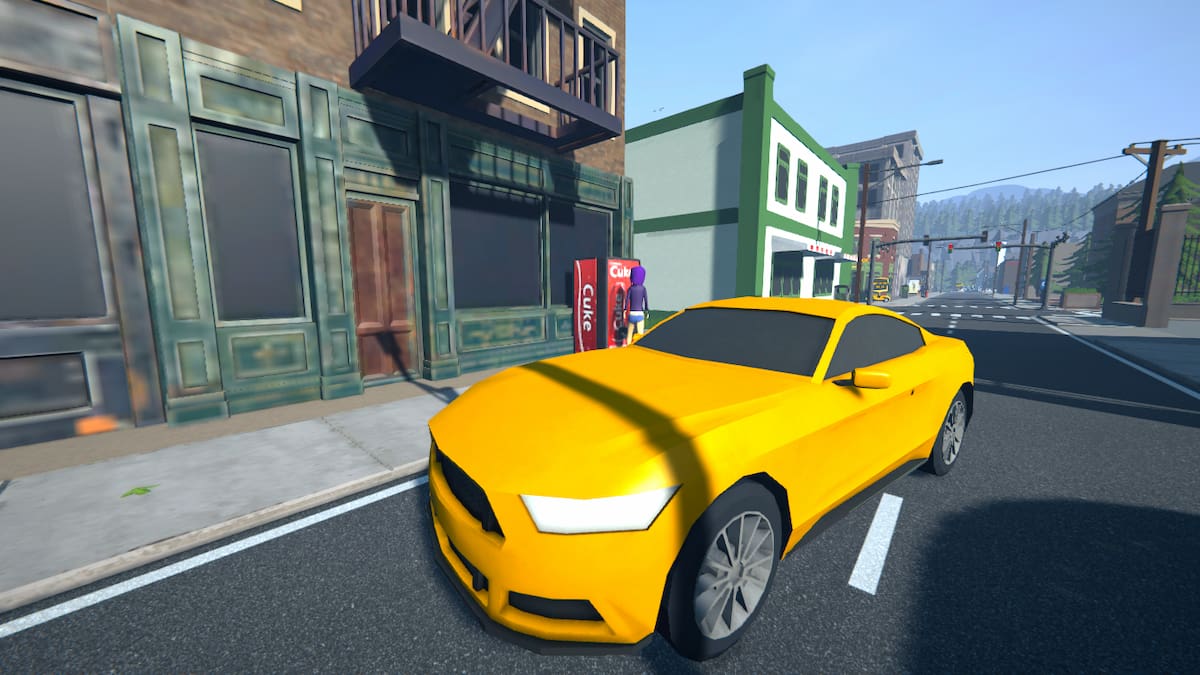Thanks to the success of games like Phasmophobia and Lethal Company, the co-op horror genre is enjoying a revival. However, newly announced Infestation: Origins warns us of the low quality, controversial, and unimaginative takes that always follow such unprecedented success.
The iconic Steamboat Willie Mickey Mouse design entered public domain on Monday, Jan. 1, and it took no time at all for a slew of announcements to be made featuring the character. Most will recognize the heartwarming, cute, and cheerful cartoon from the beginning of many Disney movies, with a cozy memory of the whistling mouse standing at the helm of a ship. Well, it’s time to dispel those sweet memories, because a new Mickey is apparently in town.
As was seen when the Winnie the Pooh characters became useable in the creative sphere, horror seems to be the most attractive option for those looking to take advantage of new assets at their disposal. Unfortunately, the same mediocre creations involving the honey-loving bear are quickly being resurrected for the mischievous mouse’s original design.
One of these announcements was the trailer for Nightmare Forge Game Infestation: Origins, which materialized on Monday. Featuring a distinctly horrific take on the nostalgic mouse, the newly announced game seems to attempt a classic childhood destruction tactic to turn up the tension. Disappointingly, though, the game already has several notable issues, which have continued to pile up following the trailer drop.
Firstly, the game was originally set to be released as “Infestation 88.” As gamers online quickly and rightfully identified, this name prominently features a number used frequently by white supremacists. This is due to “H” being the eighth letter in the alphabet, making “88” a symbol for one of history’s worst white supremacist chants (think World War II).
To make things worse, the trailer and game description include the act of gassing the “vermin” or “infestation.” When combined with the worrying use of a white supremacist trademark, it does not paint a good picture.
The developers have since suggested they were unaware of these connotations. Nightmare Forge closed down the title’s Discord server to cull the hoards of people pointing out the error before claiming on the same server the title was a reference to its 1988 setting, with no alternative interpretation in mind. Perhaps more research was needed before the game title began circulating.
Alongside this, the development team has been criticized for their supposed use of AI and publicly available assets, both of which many agree can be an indicator of a low-quality release. In particular, the rats seen in the trailer bear a striking resemblance to several seen in the Unity Asset Store. Even if they are not purchased assets, they are certainly basic in design, with clunky movements shown in the trailer.
Even the design of the Mickey Mouse horror character has come under fire, with one user on X (formerly Twitter) suggesting “I88 Mickey Mouse kinda looks like a cheap Mickey Mouse costume from a dollar store.”
Short audio clips heard in the trailer are also clunky, leading many to criticize them for allegedly using voice-to-text AI-generated audio. The developers have yet to deny or confirm this. Using AI to replace voice actors is incredibly controversial, especially at a time when many in the games industry are struggling to find work. Additionally, as the Infestation trailer proves, it can sound incredibly lazy—if it is indeed AI work.
Utilizing AI for audio in games is nothing new. Popular and currently trending FPS game The FInals uses AI to voice their characters. So, why would it be such a bad thing in Infestation?
The answer is quality. THE FINALS developers based their AI on the words of real voice actors, putting in measures to ensure a clunky, robotic sound was avoided. On the other hand, Nightmare Forge Games may be cutting corners if AI truly is in play.
Even if the company is not using AI, taking pre-made designs from the Unity Store, or subliminally referencing white supremacist hate groups, the game still looks like someone saw Lethal Company and thought, “I can do that but with Mickey Mouse.” The game has the same one-to-four player recommendation, features the now iconically Lethal Company-esque hazmat suits, and involves exploring abandoned locations for a simple payoff. The primary difference is in Infestation, you are, funnily enough, treating an infestation. If anything, it is less satisfying than the act of collecting scrap in Lethal Company, as it seems almost purely destructive with few takeaways.
There is time for Infestation: Origins to properly address the concerns following its trailer launch. The devs would, however, need to reconsider aspects of the core design to ease worries over a half-arsed attempt to hop on the co-op horror train.











Published: Jan 2, 2024 09:33 pm